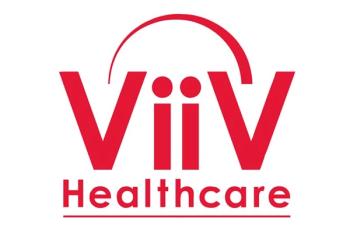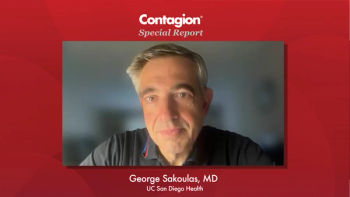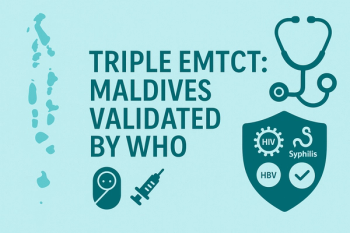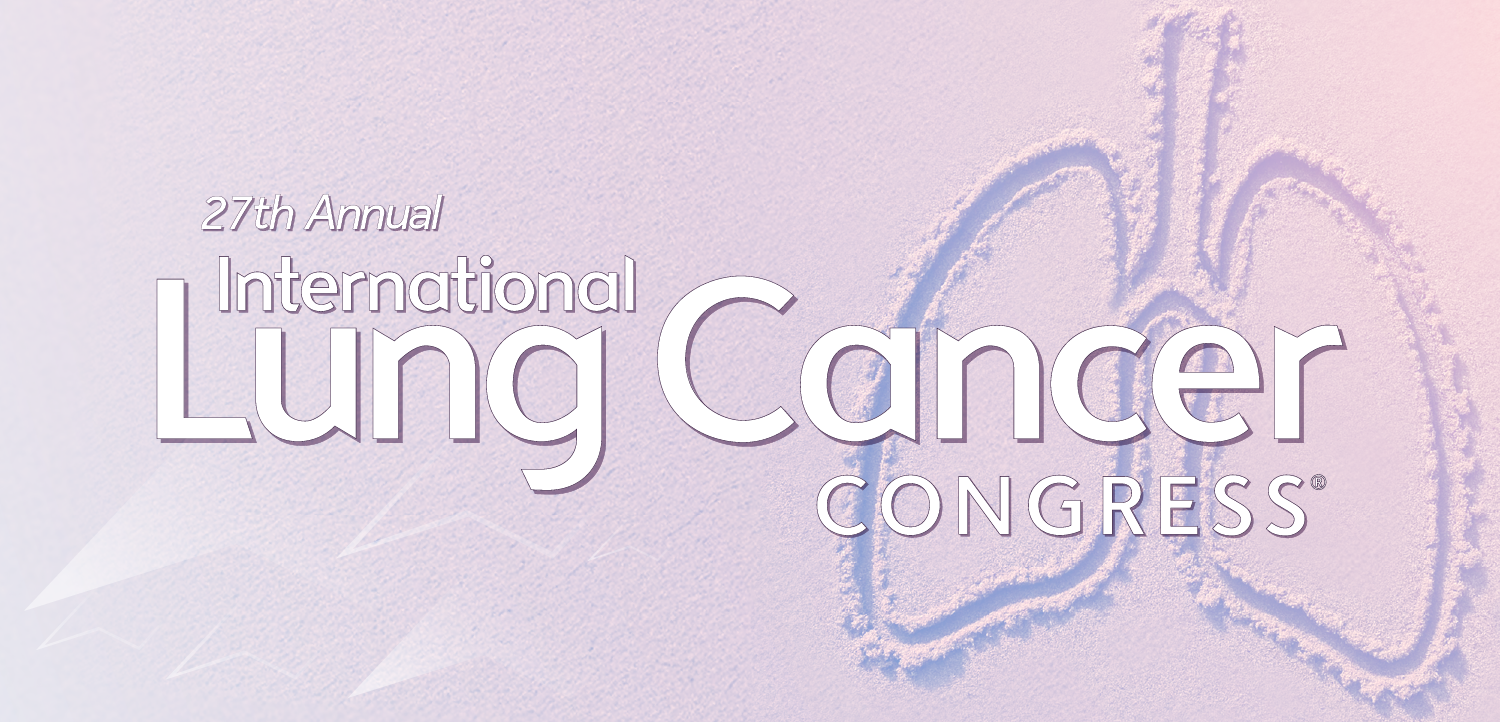A study conducted at Mayo Clinic Arizona found that removing Clostridioides difficile from gastrointestinal pathogen panels (GIPP) significantly reduced unnecessary treatments and improved diagnostic stewardship, without causing delays in diagnosis. Prior to the intervention, C difficile was detected in over half of GIPP tests, leading to treatment in nearly 95% of cases. After the intervention, which excluded C difficile from the 22-target GIPP, GIPP orders decreased by nearly 17%, from 3.23 to 2.7 per 1,000 patient visits (P < .001), and C difficile treatment prescriptions dropped in inpatient and outpatient settings.
The retrospective cohort study, conducted between January 2022 and January 2024, focused on adult patients receiving C difficile testing or treatment. Importantly, no delayed diagnoses were reported during the post-intervention period. The study underscores the importance of diagnostic stewardship in reducing inappropriate treatments, particularly in cases of incidental colonization.
In an email Q&A with Daniel Ilges, PharmD, BCIDP, we discussed the methodology, implications, and potential broader applications of the findings:
Contagion: What prompted the decision to remove C difficile from the GIPP, and how did you determine this was the most effective intervention for reducing inappropriate treatment?
Ilges: The idea behind looking at the GI path panel as a source of inappropriate testing and treatment came to me during my usual work as an antimicrobial stewardship pharmacist. Our electronic medical record generates a list of patients to review for certain indications, including positive C difficile test results. I started noticing the GI pathogen panel taking over as the “preferred” and possibly only test that providers were using for infectious diarrhea/C difficile. As we showed, and many other studies have shown, the C difficile target is the most frequent positive target. But some of these patients that were positive and were receiving treatment just didn’t seem like usual C difficile cases. They seemed like possible colonization. Further, our usual C difficile testing pathway of toxin A/B + GDH with reflex to PCR for discordant results was being circumvented. Lastly, the panel is more expensive. I first pitched this as a QI project to some of my ID physician and microbiologist colleagues, who agreed. Once we started digging into the issue, we discovered that the manufacturer had released a new software package to suppress the C difficile results completely. With this intervention and survey data suggesting that the panel was being misused to diagnose C difficile, we want ahead with removing, but made concerted efforts to ensure that providers were aware of this change at every step (e.g. ordering and resulting).
Contagion: Can you elaborate on how the intervention specifically improved diagnostic stewardship and antimicrobial stewardship in terms of clinical decision-making and patient outcomes?
Ilges: This improved diagnostic stewardship by forcing providers to use our toxin-first with reflex to PCR C. difficile testing algorithm, rather than allowing for PCR testing up front. We believe the data suggests that this resulted in reduced detection and treatment of colonization.
Contagion: While you observed a decrease in C difficile treatments after the intervention, were there any cases where this approach led to delays in appropriate treatment or misdiagnosis?
Ilges: There were not. Every hospital-acquired C difficile case at our institution is carefully reviewed. We huddle on every case to look at root causes. This persisted throughout the post-intervention period. There were no cases of delayed diagnosis by making this change. This is with the caveat, however, that we made changes to the EHR to ensure that providers understood that the panel no longer tested for C difficile.
Contagion: What role did provider and nursing group surveys play in shaping the intervention, and how did you ensure that the intervention aligned with real-world clinical practices?
Ilges: The surveys helped us understand the knowledge gap among providers regarding C difficile testing with the panel, and the nursing survey further revealed nursing unfamiliarity with the types of stool suitable for sending for GI path panel detection. All of this information supported our desire to intervene by removing C difficile from the GI pathogen panel.
What You Need To Know
Removing C difficile from the GIPP reduced the number of unnecessary treatments for incidental colonization, with treatment prescriptions dropping significantly.
The intervention encouraged the use of more targeted C difficile testing (toxin-first with PCR) rather than relying on broad syndromic panels, improving diagnostic accuracy.
Despite the change, there were no delays in diagnosing clinically relevant cases of C difficile, demonstrating that the intervention did not affect timely patient care.
Contagion: Given the significant decrease in C difficile testing and treatment, do you think similar diagnostic stewardship approaches could be applied to other infectious diseases or syndromic panels? If so, which ones would be most beneficial to target next?
Ilges: Good question. We have thought about pursuing something similar for the BioFire Meningitis/Encephalitis panel, which standard of care for us to perform on CSF specimens. This panel tests for HHV-6, which can be chromosomally integrated into DNA and is therefore difficult to interpret. When positive, this a positive HHV-6 result usually results in multiple phone calls to ID and to the lab. As a group we are considering suppressing the HHV-6 target on the ME panel and only releasing when requested by ID or neurology.
The study at Mayo Clinic Arizona highlights the benefits of diagnostic stewardship in reducing inappropriate treatments for C difficile. By removing C difficile from the GIPP, the intervention improved diagnostic accuracy and reduced unnecessary treatments, without compromising the speed of diagnosis. These findings suggest that similar approaches could be applied to other diagnostic panels to further improve stewardship practices.
Reference
Ilges D, Graf EH, Grant L, et al. Positive impact of a diagnostic stewardship intervention on syndromic panel ordering practices and inappropriate C. difficile treatment. Infect Control Hosp Epidemiol. Published online November 26, 2024. Accessed November 27, 2024. doi:10.1017/ice.2024.180









































































































































































































































































































